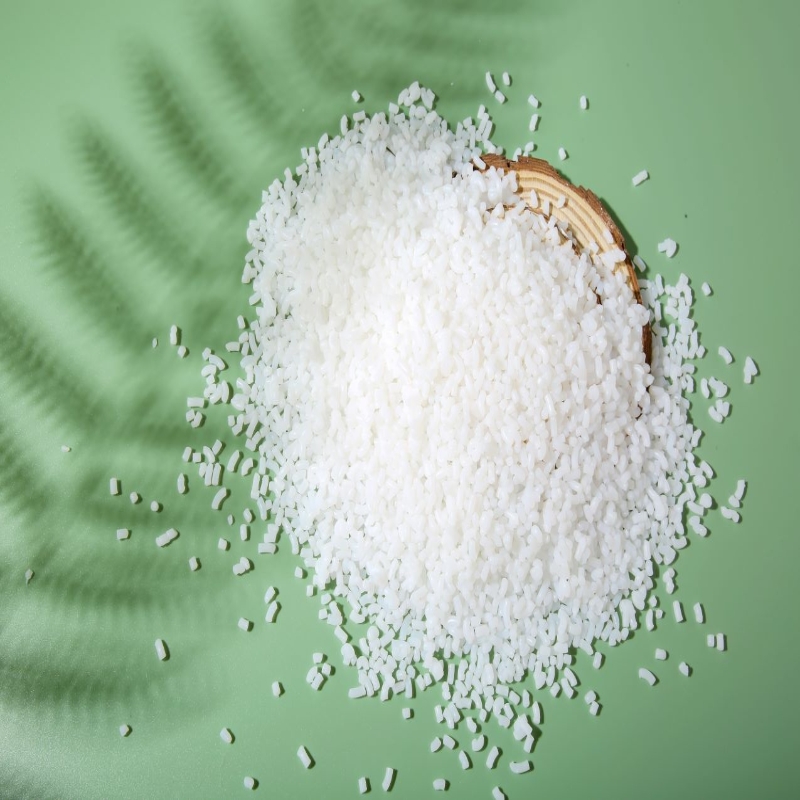-
Categories
-
Pharmaceutical Intermediates
-
Active Pharmaceutical Ingredients
-
Food Additives
- Industrial Coatings
- Agrochemicals
- Dyes and Pigments
- Surfactant
- Flavors and Fragrances
- Chemical Reagents
- Catalyst and Auxiliary
- Natural Products
- Inorganic Chemistry
-
Organic Chemistry
-
Biochemical Engineering
- Analytical Chemistry
-
Cosmetic Ingredient
- Water Treatment Chemical
-
Pharmaceutical Intermediates
Promotion
ECHEMI Mall
Wholesale
Weekly Price
Exhibition
News
-
Trade Service
Prepare the mixed lotion by mixing PreEm with AcEm. The emulsion obtains a transparent coating film with a high silicon dioxide content. As the content of silicon dioxide increases, the hardness of the film increases
.
with the help of an ionic surfactant with a low turbidity point (T cp - 40 degrees C), a new nanocomposite emulsion consisting of collide silica particles covered with a thin coating of polyacrylate (PreEm) has been successfully prepared. The non-ion surfactant is first deposited on the surface of the collome silica particles higher than its T cp to provide adsorption points and subsequent polymerization of the acrylic monosome.
the scanning transmission electron microscope of the collome particles obtained after polymerization indicates the presence of a very thin polyacrylate coating (thickness of approximately 1-3nm nm) around the silicon dioxide nanoparticles. These PreEm particles are easily mixed into ordinary acrylic emulsions (AcEm) for silicon dioxide/polyacrylate blends (PreEm / AcEm).
mixing emulsion can obtain a transparent coating film
the results show that the mixed emulsion can obtain a transparent coating film at a ratio of less than 150/100 silica/polyacrylate, where collome particles are distributed in the polymer substrate without aggregation. This pattern contrasts sharply with the particle aggregation pattern shown by the exposed collome silicon dioxide-AcEm mixture emulsion and the film obtained from conventional nanocomposite emulsions covered with thick polyacrylate-coated silicon dioxide particles.
content of preEm/AcEm membranes increases to 150% and hardness increases. These data support PreEm's effectiveness in controlling the performance of the silicon dioxide-polyacrylate blend film.
the study has been published in Progress in Organic Coatings. Volume 128.







